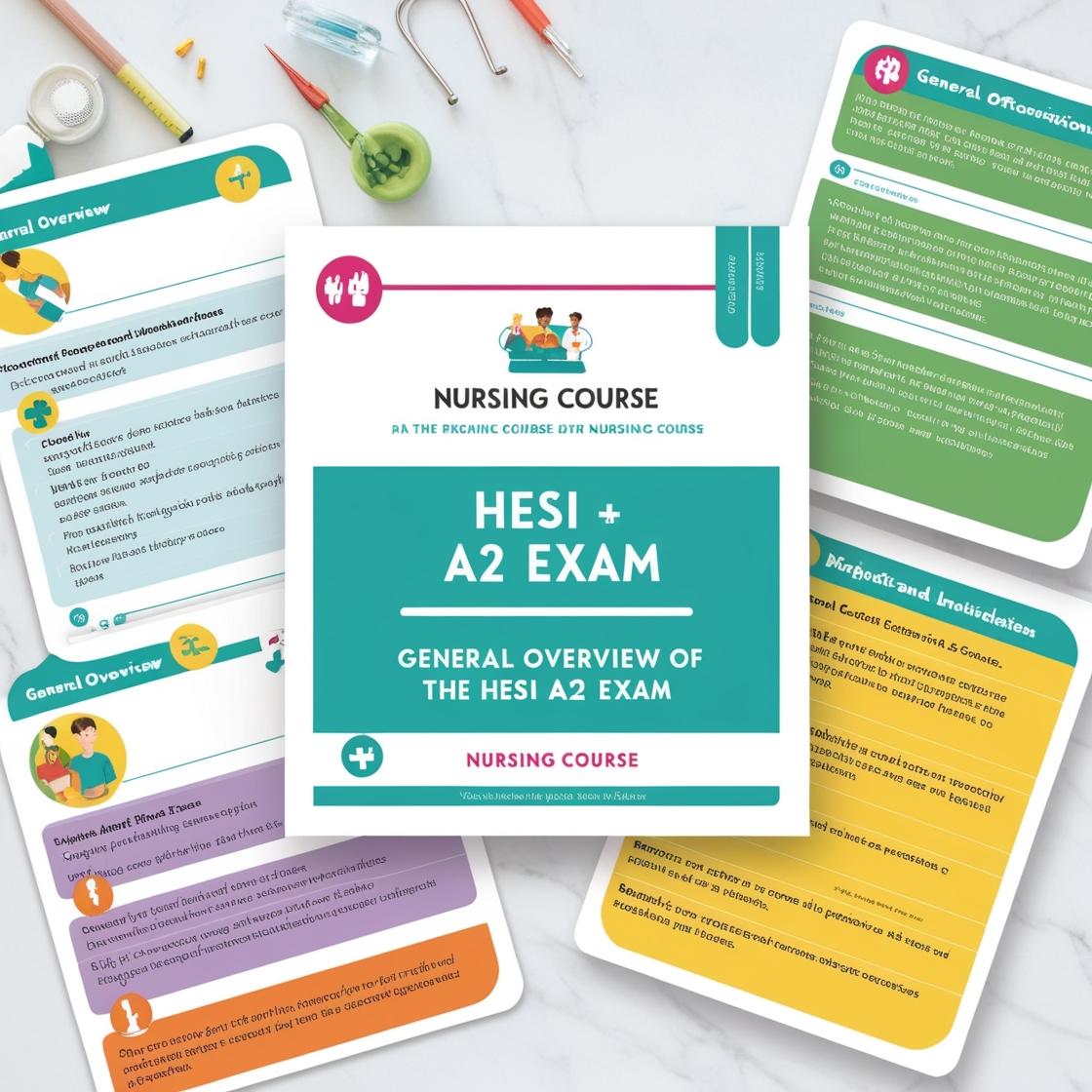HESI A2
HESI A2 Math Portion
1. Bai Lin estimates that of her monthly paycheck, she puts 10% in savings and spends 30% on living expenses. If she has $1,545 left after that, how much is her monthly paycheck?
- A. $2,175
- B. $2,250
- C. $2,575
- D. $2,650
Correct answer: C
Rationale: Let X be Bai Lin's monthly paycheck. From the given information, she puts 10% of X in savings and spends 30% on living expenses. This means she retains 60% (100% - 10% - 30%) of her paycheck, which equals $1,545. Therefore, 60% of X is $1,545. To find X, we divide $1,545 by 60% (or 0.60), which gives us X = $2,575. Hence, Bai Lin's monthly paycheck is $2,575. Therefore, the correct answer is $2,575. Choices A, B, and D are incorrect because they do not match the calculated monthly paycheck based on the given percentages and remaining amount.
2. Casey spent $80 on items where each item costs $4. How many items did Casey buy?
- A. 12
- B. 18
- C. 20
- D. 24
Correct answer: C
Rationale: To determine the number of items Casey bought for $80, we divide the total amount spent ($80) by the cost per item ($4). The calculation gives us 20, indicating that Casey bought 20 items in total to reach the $80 expenditure ($80 ÷ $4 = 20). Therefore, the correct answer is C, 20. Choices A (12), B (18), and D (24) are incorrect because they do not align with the correct division calculation based on the information provided.
3. A child's toy block is a cube with side lengths of 5cm. What is its total surface area?
- A. 25 sq cm
- B. 50 sq cm
- C. 125 sq cm
- D. 150 sq cm
Correct answer: D
Rationale: The surface area of a cube is calculated using the formula: 6 * (side length)^2. Substituting the side length of 5cm into the formula, we get: 6 * (5cm)^2 = 6 * 25cm^2 = 150 sq cm. Therefore, the total surface area of the toy block is 150 sq cm. Choices A (25 sq cm), B (50 sq cm), and C (125 sq cm) are incorrect as they do not correctly calculate the total surface area of the cube.
4. An ancient Egyptian pyramid has a square base with side lengths of 20 meters and a remaining height (after erosion) of 10 meters. Its original height was 30 meters. What was the volume of the pyramid in its original state?
- A. 12000 cubic meters
- B. 6000 cubic meters
- C. 18000 cubic meters
- D. 24000 cubic meters
Correct answer: A
Rationale: To find the volume of a pyramid, you can use the formula: Volume = (1/3) * base area * height. In this case, the base area is the square of side length 20 meters, which is 20 * 20 = 400 square meters. The original height of the pyramid is 30 meters. Therefore, the volume of the pyramid in its original state is (1/3) * 400 * 30 = 12000 cubic meters. Choice A is correct. Choices B, C, and D are incorrect as they do not correctly calculate the volume using the original height and base area of the pyramid.
5. A patient weighs 180 pounds. What is their weight in kilograms (1kg = 2.2lbs)?
- A. 68kg
- B. 75kg
- C. 82kg
- D. 90kg
Correct answer: C
Rationale: To convert pounds to kilograms, you need to divide the weight in pounds by the conversion factor of 2.2 (1kg = 2.2lbs). 180 pounds / 2.2 = 81.82 kg Rounded to the nearest whole number, the weight of 180 pounds is approximately 82kg. Therefore, the correct answer is 82kg, which is option C. Option B (75kg) is not correct as it is significantly lower than the calculated value. Options A (68kg) and D (90kg) are also incorrect as they do not match the converted weight of 180 pounds.
Similar Questions

Access More Features
HESI A2 Basic
$99/ 30 days
- 3,000 Questions with answers
- 30 days access @ $99
HESI A2 Premium
$149.99/ 90 days
- Actual HESI A 2 Questions
- 3,000 questions with answers
- 90 days access @ $149.99
